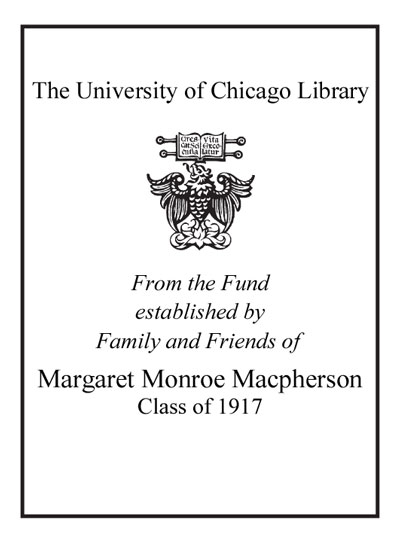Review by Choice Review
These two sociological studies of young Roman Catholics, though carried out by separate research teams, dovetail neatly with one another and come to largely the same conclusions. That by Hoge et al. focuses on the United States but wisely deals separately with Latinos, who have emerged as the largest distinct ethnic group within the US Catholic community. That by Fulton et al. is transatlantic in scope and includes studies not only of the US but also of Ireland, Italy, Malta, Poland, and the UK. The methodologies--telephone questionnaires and a smaller number of personal in-depth interviews--and central questions in each are similar and sound, although the cohort is defined more broadly (ages 20-40) by Hoge's group than by Fulton's (18-30). The underlying question for both is whether the Rome-based institutional Catholic Church can retain the loyalty of contemporary Western youth. The answer is both affirmative and negative. While "leakage" from the Church has not reached an alarming level, the degree to which young Catholics take seriously Vatican claims to infallibility and exclusivity and its role as promulgator of moral (especially sexual) norms is, perhaps not surprisingly, low. The Hoge group seems fairly optimistic about the institution's future and offers suggestions on its own behalf and from interviewees. The Fulton group, in contrast, emphasizes the already substantial extent of the erosion of the hold of traditional authority on the young, and is pessimistic about the prospects of positive change. Though not startling in their conclusions, both works are accessible to a broad readership that may include church-goers as well as all levels of academics and students. P. W. Williams Miami University
Copyright American Library Association, used with permission.
Review by Choice Review

